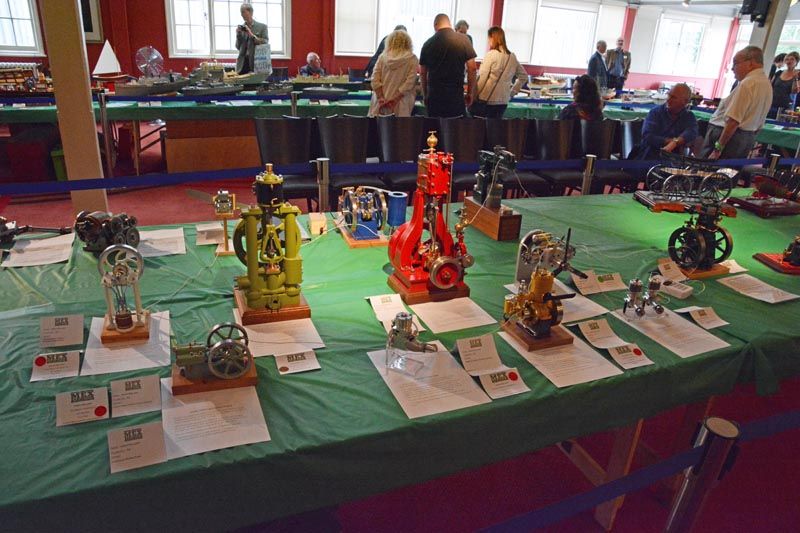I had an old Myford Super 7 (a 1953, one of the very first)
It didn't have power cross feed and the clutch was problematic, in addition, the glass sight oiler could very, very easily allow dirt to be washed into the spindle nose bearing (luckily, mine had been cared for). The clutch I just had to live with as Myford soon completely redesigned it and spares aren't available (I didn't have the skills/confidence back then to reliably attempt to make new parts, although they were simple enough).
What I didn't appreciate, is that it's bed was like new and capable of easily making very accurate parts!!
So it strikes me, that the Myford 7 wasn't the golden wonder it was made out to be, and its "aura" made parts expensive, however it could cut though some serious steel, easily knocking 5-7mm off the diameter of a 50mm high carbon steel in a single pass without making a sound or vibration, it could be talked over while doing it) – if you tried that with a far eastern machine, If the tool post didn't tear away and the something in the drive didn't shatter, I would expect the bed to snap at the headstock (seriously) – I would guess taking 2-3mm off the diameter of a similar steel would be the limit. But what's the rush.
What matters is not what make/model you buy, it's what sort of condition its in. With the tool post and topside locked, will it turn parallel over 100mm by advancing the saddle using power feed, criteria number one for me, and not a straight forward answer, since it will have to be sat levelled, maybe have its tailstock feet shimmed to remove any twist in the bed and generally be in fine fettle to achieve this.
Second are it's spindle bearings in good condition, and if they're not, can they be easily replaced? Myford ML7's have white metal bearings, which cannot be replaced, you need to upgrade to a hardened spindle and phosphor bronze bearings (which is around £300-£500 for the parts alone if you can find someone who has one!) – other things, are more easily adjusted/replaced so long as the bed is straight and spindle points in the right direction!
If I were to do it all again, I would recommend to myself, to go and buy a new simple cheap lathe that will do screw cutting and learn how to get it setup and turning parallel, learn how to align the tailstock and get the hang of general machining operations etc.
If you decide it's not for you, you'll hardly lose a penny in value if you look after it! They cost £400-700 new from SPGtools/Chester Hobby Store/Warco/Amadeal/ArcEuroTrade, Amadeal had put a package together which included all the basic tools you'll need to make something to a tolerance, it came with cutting tools, measuring tools, and I think the magnet bases and dial indicators that you'll need to ensure the lathe is turning true and make the required adjustments
– Just to add to that, depending on what milling you need to do, a vertical slide for the lathe might cover all angle, and with a small bench top pillar drill you could be well on your way to easily creating whatever models you might want?
Edited By Russ B on 07/10/2016 14:12:02
Mark Harrison 6.


 I've got just enough room to fit something like a WM280V. I could possibly be OK with smaller but I'm just a little wary of buying a small cheap machine only to find I need to "upgrade" it very quickly..
I've got just enough room to fit something like a WM280V. I could possibly be OK with smaller but I'm just a little wary of buying a small cheap machine only to find I need to "upgrade" it very quickly.. 
 It's even possible to machine past the sides of the table if the head is re positioned. One day I may finally figure out a method of setting the angle of the head easily. The motor is off centre on mine to reduce the front to back room it needs so I use a jack screw lash up to set it. Ok providing the head stays were it is.
It's even possible to machine past the sides of the table if the head is re positioned. One day I may finally figure out a method of setting the angle of the head easily. The motor is off centre on mine to reduce the front to back room it needs so I use a jack screw lash up to set it. Ok providing the head stays were it is.


